How to Fix System Error E200 on Xbox One?
Some Xbox One users are encountering the System Error E200 when trying to boot up their console. Some affected users are saying that they see this error at every system startup while others only see it from time to time.
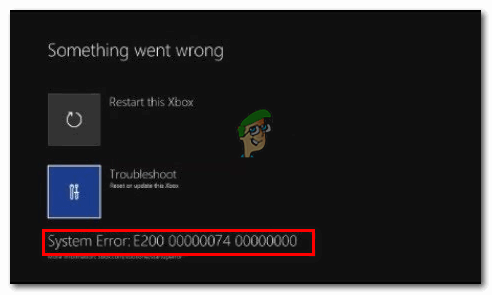
Here’s a shortlist of potential culprits that might cause this error code:
- Firmware glitch – If this error code only occurs occasionally or you started to notice this behavior appearing after an unexpected console shutdown, it’s likely that you’re dealing with a firmware glitch. In this case, you should be able to fix the problem with a simple power cycling procedure.
- OS version on console flash is newer than recovery flash version – If you’re seeing this error code at every boot attempt, it’s possible that your console is triggering a security violation mismatch that occurs when the onboard console flash contains an OS version newer than the one you currently have on your HDD / SSD and on the recovery flash drive. If this scenario is applicable, you can fix the issue by performing an offline update via the Xbox One Startup Troubleshooter.
- System File Corruption – If you’re seeing this error when performing certain actions involving the operating system, it’s likely that you’re dealing with some type of persistent corrupted data. In this case, you should be able to resolve the problem by performing a factory reset procedure that completely resets OS data.
Performing a Power Cycling Procedure
In case you only get this error code sporadically or you started dealing with this error code right after an unexpected machine shutdown, it’s possible that you’re actually dealing with file corruption inside the temp folder or with a firmware glitch that interferes with the booting sequence.
Fortunately, both of these scenarios can be resolved with a power cycle procedure. This operation will end up clearing any temporary data from the temp and fix the majority of firmware glitches by getting rid of the power currently stored by the power capacitors on your console.
To perform a power cycling procedure on your Xbox One console, follow the instructions below:
- Start this operation by ensuring that your console is fully booted and not in hibernation mode.
- Once you’ve made sure of this, press the Xbox button and keep it pressed for about 10 seconds (or more) or until you see that the front LED turns off.
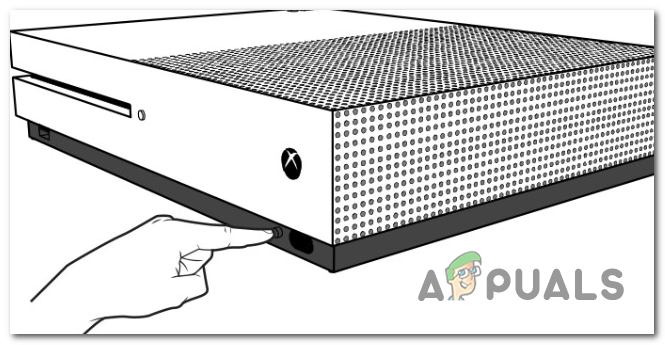
Performing a hard reset - After your console shuts down, let go of the power button and wait for at least one minute before starting your console once again. During this time, you can also disconnect the power cable from the rear in order to make sure that you successfully drain the power capacitors.
- Once you have successfully done this, turn your console back on by pressing the power button on your console to turn it on conventionally.

Xbox One long starting animation Note: During this startup sequence, pay attention to the Xbox One starting animation – If you see the longer version (the one that lasts over 5 seconds), take it as confirmation that the power cycling procedure has been successful.
- See if your console is able to complete the boot procedure without displaying the System Error E200.
In case the same error code resurfaced, move down to the next potential fix below.
Performing an Offline Update via USB flash drive
One of the most common instances that will end up triggering the System Error E200 is a situation where the onboard console flash contains an OS version newer than the one you currently have on your HDD / SSD and on the recovery flash drive. If this scenario is applicable, your system is forced to thrown this error because it this type of mismatch is regarded as a security violation.
However, you can resolve this problem quite easily by visiting the Xbox Support website and downloading the newest OSU1 file, then paste it on a flash drive, and use it to reformat your hard drive.
But keep in mind that in order for this fix to be effective, you will need to paste the new $SystemUpdate folder on your recovery flash drive so that the OS can boot from it – Only after you successfully do this, you will be able to complete the offline update operation that will ultimately fix the E200 system error.
To make things easier for you, we’ve compiled a series of step-by-step instructions that will walk you through the whole thing:
- Start by preparing the flash drive that you will use to perform the offline update. So insert the USV drive (with a minimum capacity of 7 GB) into a PC and format it to NTFS. To do this, right-click on it in File Explorer (My Computer) and click on Format from the newly appeared context menu.

Formatting the flash disk - Once you’re inside the Formatting screen, set the file system to NTFS, then check the box associated with Quick format and click on Start to begin the process of converting your flash drive to an Xbox One compatible format.
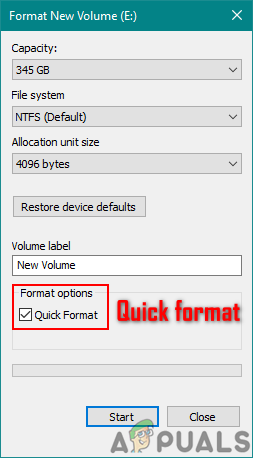
Using the quick format - Once the operation is complete, open your default browser and visit this Xbox one support page to download the latest version of your Xbox One console’s OS.
- Once the download is complete, extract the contents of the archive directly on the root directory of your flash drive – Make sure that $SystemUpdate is located on the root folder.
- After the operation is complete, turn your attention to your console and start by making sure it’s completely turned off.
- Press and hold the Bind and Eject button at the same time, then short press the Xbox button (on your console) to open up the Xbox One Startup Troubleshooter.
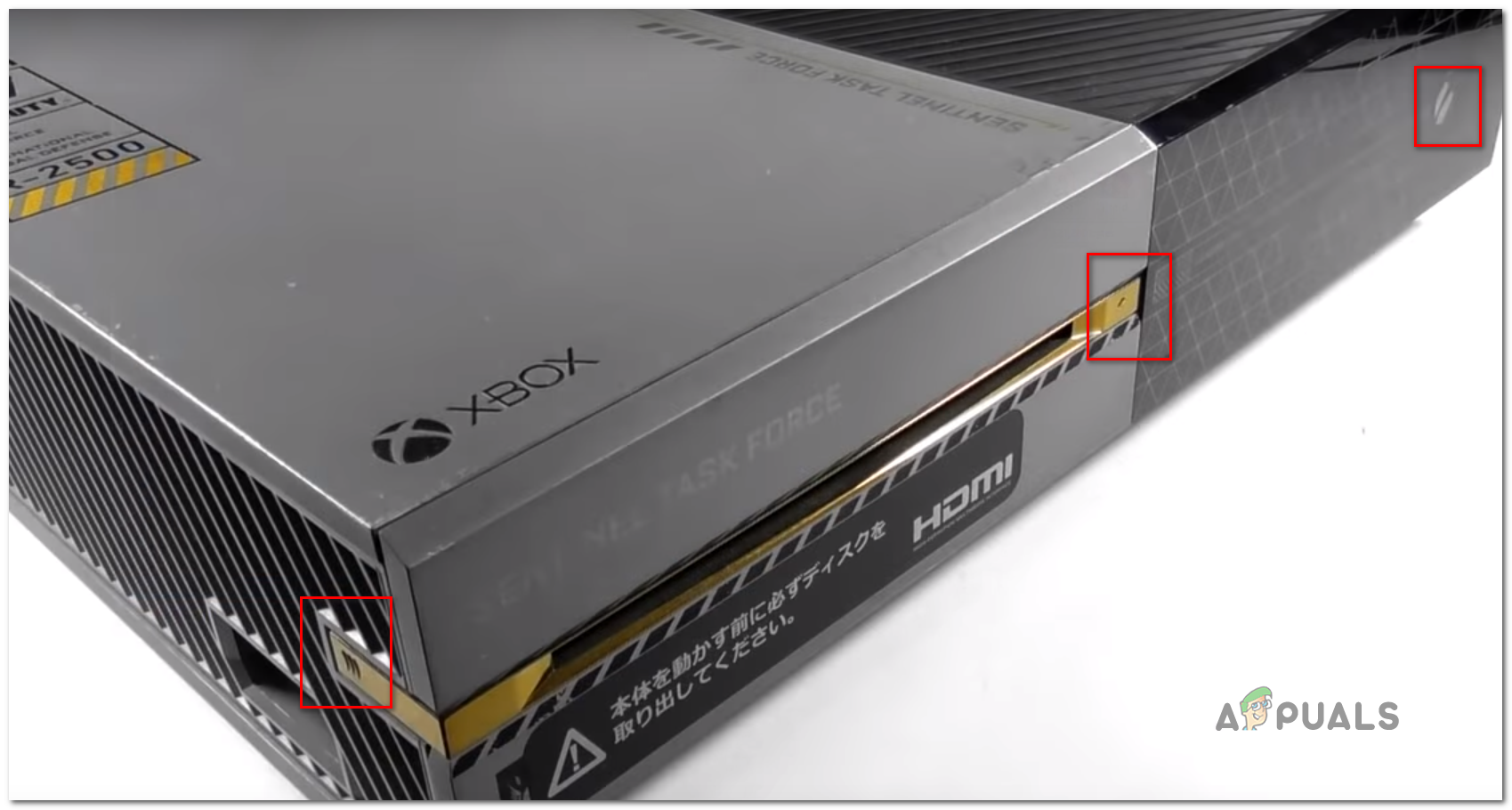
Opening the Xbox One Startup troubleshooter - Keep the Bind and Eject buttons pressed until you hear two consecutive tones – Once you hear them, release both buttons and wait for the Startup Troubleshooter to appear.
- Insert the flash drive that contains the latest firmware version and wait until the Offline System update box becomes available. When this happens, select it with your controller and press X on your controller to access it.

Accessing the Offline System Update option - Follow the rest of the on-screen prompts to initiate and complete the offline update process. Keep in mind that if you’re working with a traditional HDD, this operation might last over 20 minutes.
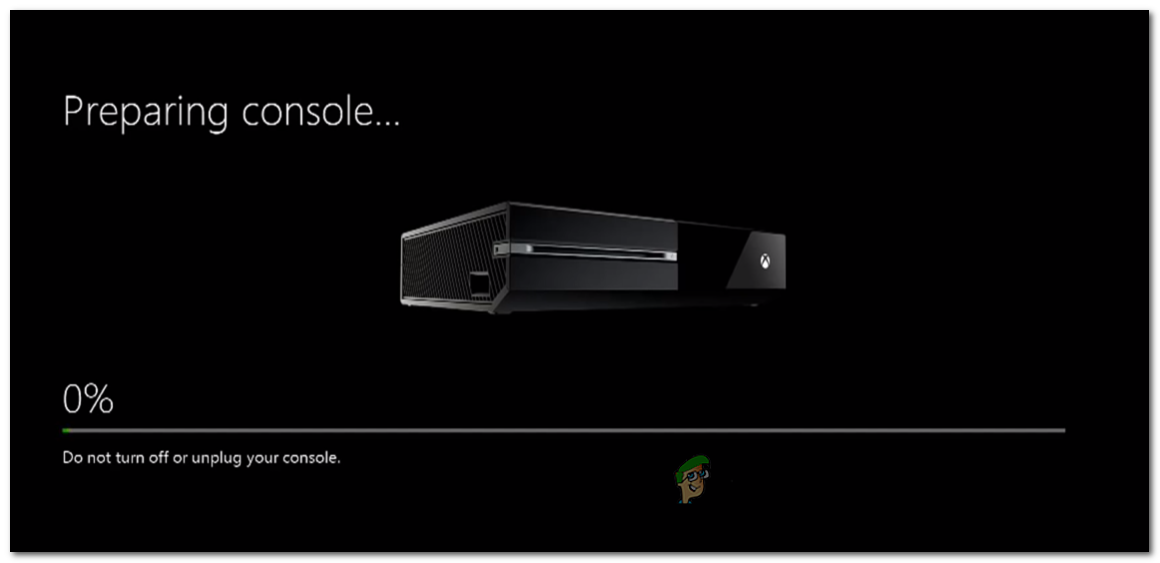
Installing the latest OS version of Xbox One manually - After the operation is complete, boot your console normally and see if you’re still encountering the System Error E200.
In case the problem is still not fixed, move down to the next potential fix below.
Performing a Factory Reset
If power-cycling your console and reinstalling your console firmware didn’t work for you and you’re still seeing the E200 error code during the boot-up sequence or when performing a certain action involving your OS, it’s very likely that you’re dealing with some time of persistent corrupted data.
In situations like this one (where the problem is likely caused by corrupted system files), your only hope at fixing the issue is to perform a deep factory reset directly from the Startup Troubleshooter menu.
IMPORTANT: But keep in mind that if you go through with a hard reset, you’ll also end up deleting any game data that’s currently stored locally – This includes any saved game data that is not currently being stored on the cloud.
If this scenario is applicable and you’re willing to perform a factory reset in order to resolve the E200 error code, follow the instructions below to do it directly from the Startup Troubleshooter menu:
- Before starting, ensure that your console is turned off completely (and not in hibernation).
- Instead of doing a normal power-up, press and hold the Bind + the Eject button at the same time, then short press the Xbox button on the console.
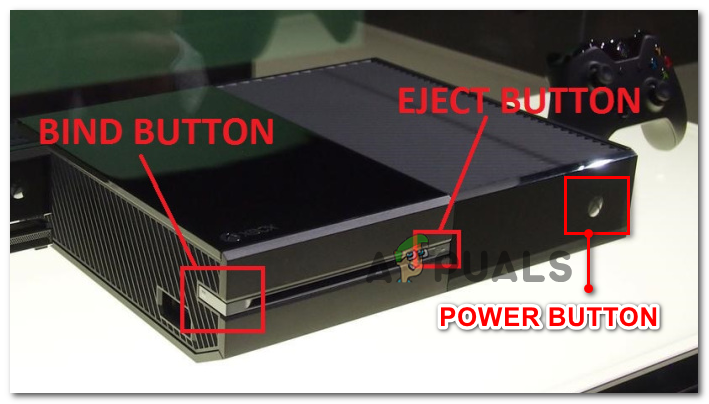
Bringing up the Xbox One Troubleshooter Note: In case you have the All-digital Edition of Xbox One, you won’t have an eject button, so you’ll only need to press the Bind + the Xbox button to get to the Startup Troubleshooter screen.
- Keep holding the Bind + Eject buttons (or just the Bind button on Xbox One All Digital) until you hear the second power-up tone, then release the buttons and wait for the Xbox Startup Troubleshooter to appear.
- Once you’re finally inside the Startup Troubleshooter menu, use the Reset this Xbox menu, then choose to Remove everything once you are prompted by the confirmation window.
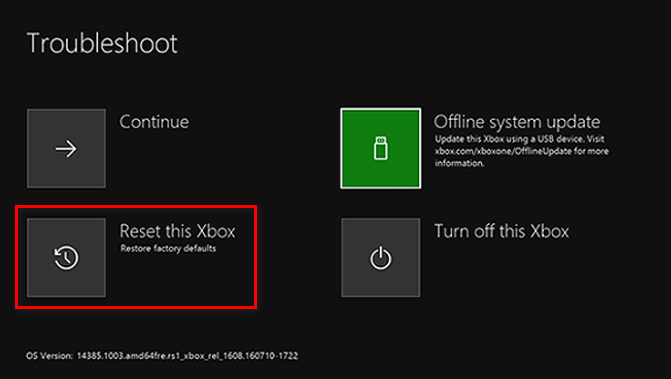
Resetting the Xbox one via the Startup Troubleshooter - Once you kickstart this operation, wait patiently until the procedure is complete. Once it’s finished, your console should restart automatically and attempt to boot like it normally does.





